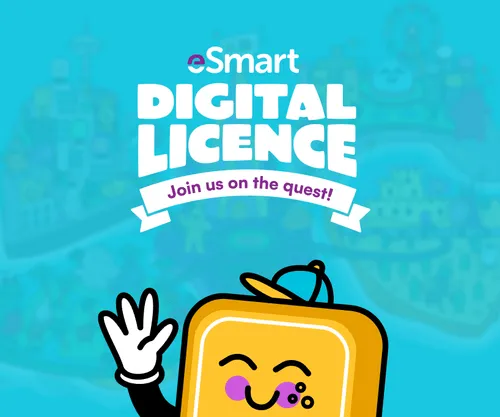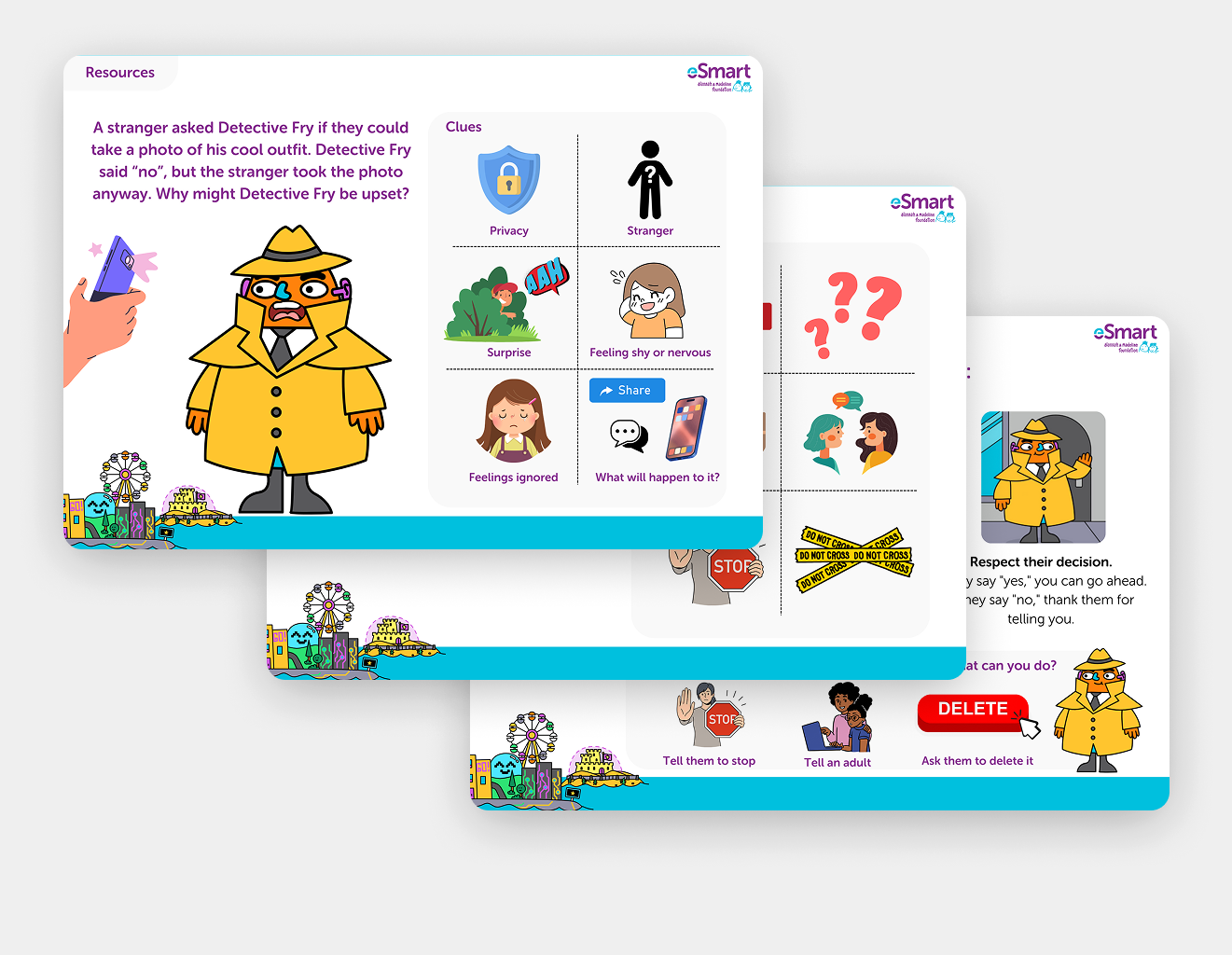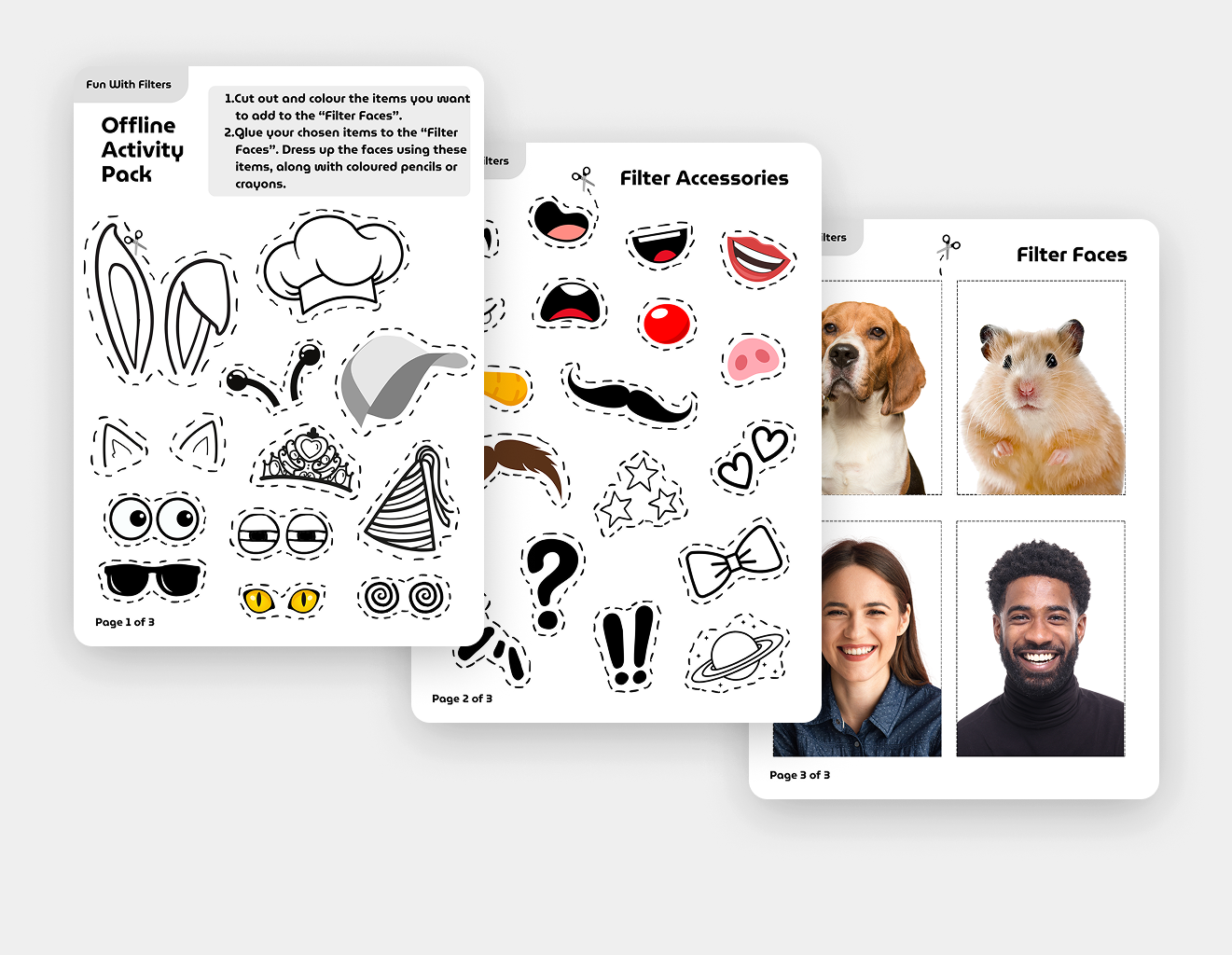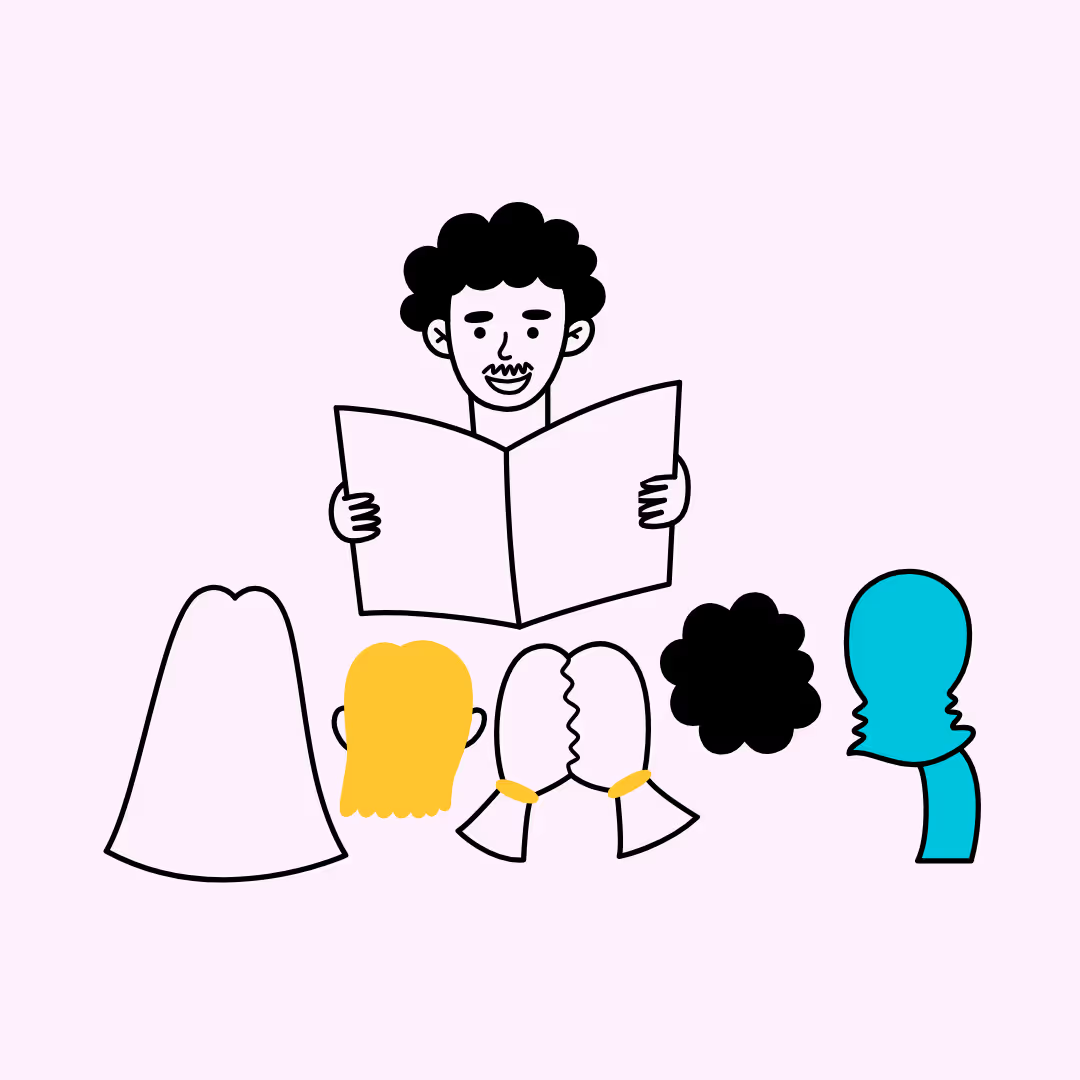Download Lesson Pack
Fun with Filters: An Image Manipulation Lesson

Child Safeguarding Statement
Some resources and activities may prompt a child to remember and potentially share an experience of harm. Make sure you’re familiar with your school's safeguarding policies and procedures so you can confidently report safety and well-being concerns.
Prepare students for the session by discussing: their right to be safe and respected; what to do if discussing online safety makes them feel uncomfortable or unsafe; and how to seek help if they feel or have felt unsafe. Use this resource available on the website.
Fun with Filters: An Image Manipulation Lesson
Learners manipulate images using digital devices or traditional arts, laying the groundwork for media literacy concepts.
Lesson details
Content
About this Risk Area
The material children may come across online, including inappropriate or harmful content.
Example topics:
- Strategies for avoidance and help-seeking in relation to problematic and/or offensive content.
- Recognising and critically analysing misinformation, fake news, and clickbait.
- Understanding the impact of online content on emotions, attitudes, and behaviours.
- Respecting intellectual property rights and understanding copyright laws.
The resources for this risk area provide guidance on navigating and critically evaluating online material.
This lesson focuses on consent and image manipulation. Learners will explore the importance of asking for permission before taking photos and videos, fostering a sense of respect for others' privacy. They will then manipulate images themselves using digital tools, or the “Offline Activity Pack” provided in the Resources section.
Learning Intentions
Learners will:
- Understand the importance of consent in the form of asking permission to take photos and videos.
- Discover that images can be altered and manipulate and do not always reflect what is real.
These intentions are evidenced when learners can:
- Ask for consent and explain why it is important to ask for permission before taking photos or videos of others.
- Identify at least one way that images can be altered and manipulated using digital tools.
Educators will:
- Deepen their understanding of how to effectively teach the concept of consent, specifically in the context of taking photos and videos.
- Gain insight into how to explain the concept of image manipulation to young learners, emphasising the importance of critical thinking in media literacy.
These intentions are evidenced when educators can:
- Successfully lead discussions that help learners articulate the importance of asking for consent before taking photos or videos.
- Encourage learners to identify and discuss at least one way that images can be altered.
Curriculum alignment
Australian Curriculum (Version 9.0)
The Australian Curriculum outlines the fundamental knowledge, comprehension, and abilities students are expected to acquire as they advance through the initial 11 years of schooling.
Manage Online Safety:
- Level 1: Use online tools that are safe or only under direct supervision, seeking help from trusted adults when feeling unsafe.
Foundation: Digital Technologies
- AC9TDIFK01: recognise and explore digital systems (hardware and software) for a purpose.
Foundation: Health and Physical Education
- AC9HPFP04: Explore how to seek, give or deny permission respectfully when sharing possessions or personal space.
- AC9AVAFD01: Use play, imagination, arts knowledge, processes and/or skills to discover possibilities and develop ideas.
- AC9AVAFC01: Create arts works that communicate ideas.
- AC9AVAFP01: Share their arts works with audiences.
Manage Online Safety:
- Level 2: Use online tools that are age appropriate or only under supervision, seeking help from trusted adults when feeling unsafe.
Year One: Digital Technologies
- AC9TDI2P04: Use the basic features of common digital tools to create, locate and communicate content.
- AC9TDI2P05: Use the basic features of common digital tools to share content and collaborate demonstrating agreed behaviours, guided by trusted adults.
Year One: Health and Physical Education
- AC9HP2P04 : Practise strategies they can use when they need to seek, give or deny permission respectfully.
- AC9AVA2D01: Experiment and play with visual conventions, visual arts processes and materials.
- AC9AVA2C01: Use visual conventions, visual arts processes and materials to create artworks.
- AC9AVA2P01: Share artworks and/or visual arts practice in informal settings.
CASEL Framework
The CASEL Framework creates a foundation for applying evidence-based, Social and Emotional Learning (SEL) strategies both at school and in the broader community. Its aim is to support the cultivation of SEL skills and environments that advance students’ learning and development.
- Responsible decision-making: The abilities to make caring and constructive choices about personal behaviour and social interactions across diverse situations. For example:
- Learning how to make a reasoned judgment after analysing information, data, and facts.
- Recognising how critical thinking skills are useful both inside and outside of school.
My Time, Our Place – Framework for School Age Care in Australia
The aim of My Time, Our Place: Framework for School Age Care in Australia (the Framework) is to assist educators to provide children and young people with opportunities to maximise their potential and develop a foundation for successful lifelong learning. The Framework has been designed for use by approved providers and school age care educators working in partnership with children and young people, their families and the community, including schools.
Outcome 1: Children have a strong sense of identity.
Children develop their emerging autonomy, inter-dependence, resilience and sense of agency.
This is evident when children:
- Identify themselves or their friends in an image.
- Identify key signs of manipulation to the image or identity of another person.
- Independently use technology in an early learning environment.
Outcome 3: Children and young people have a strong sense of wellbeing.
- Children and young people are aware of and develop strategies to support their own mental and physical health, and personal safety.








.avif)
